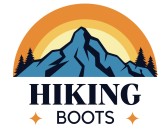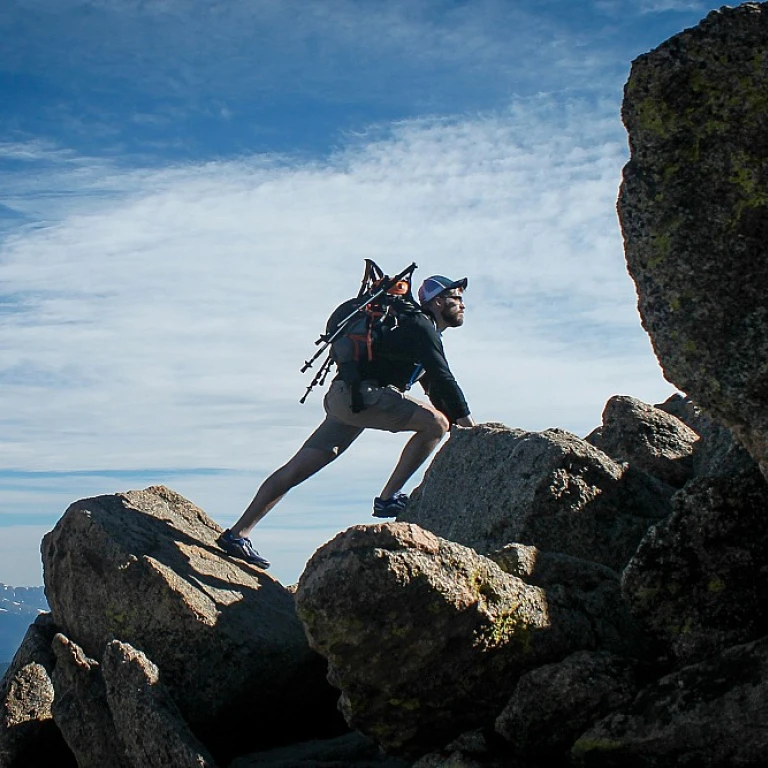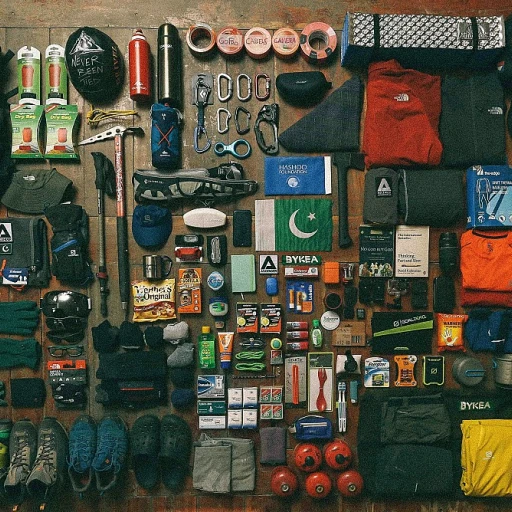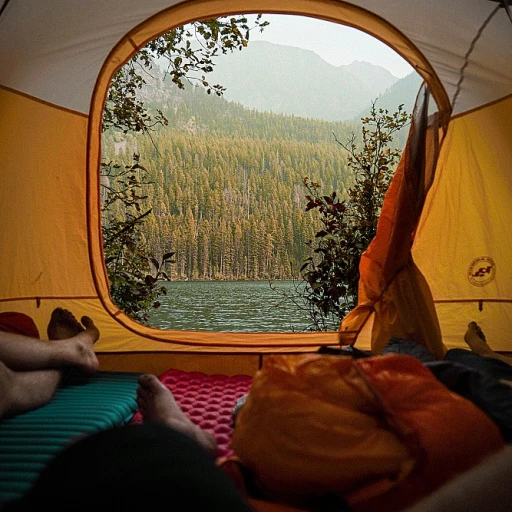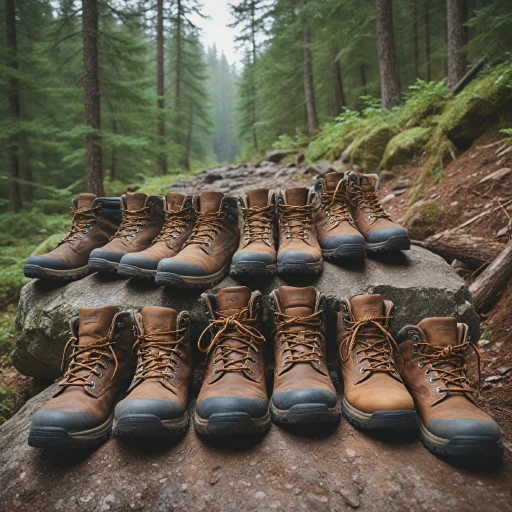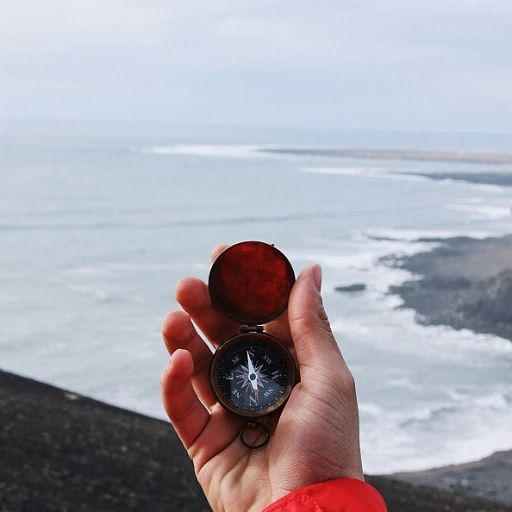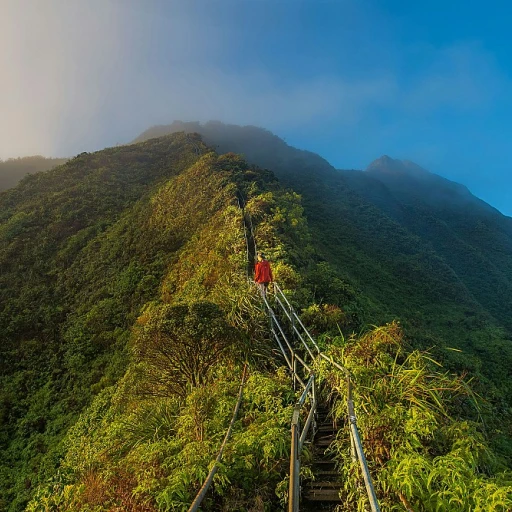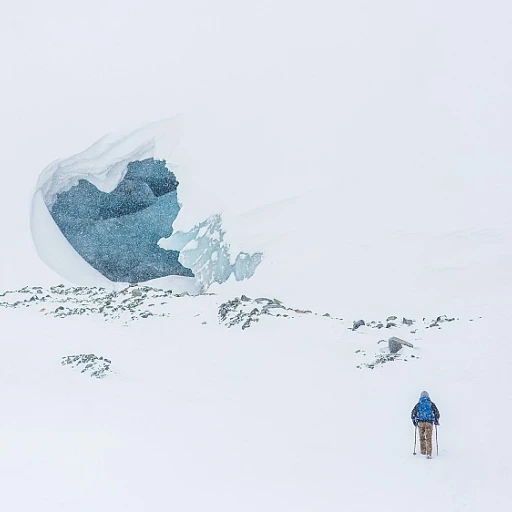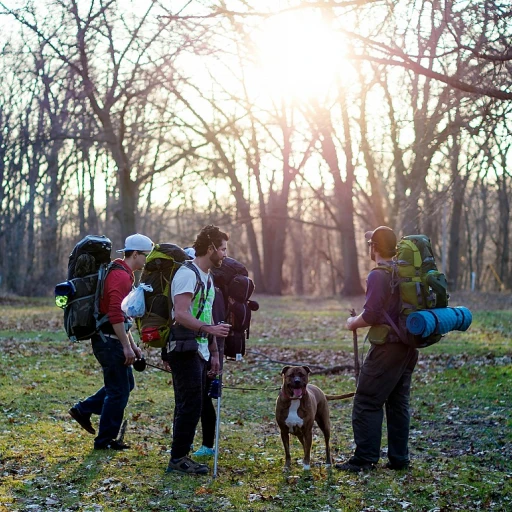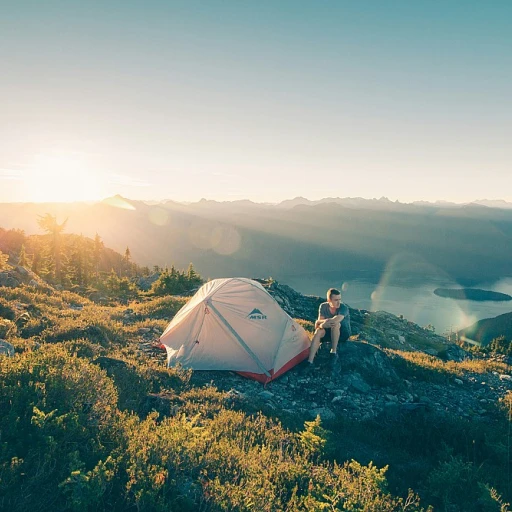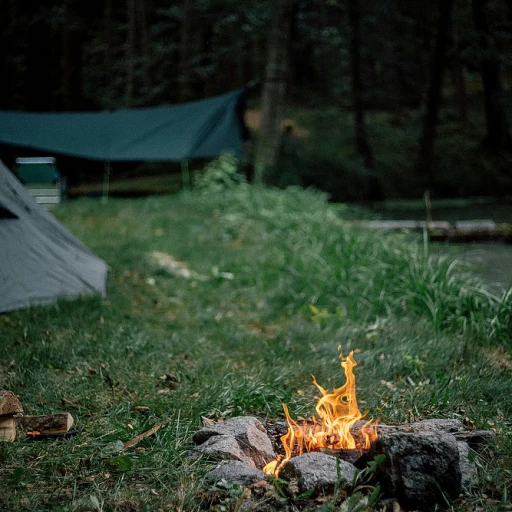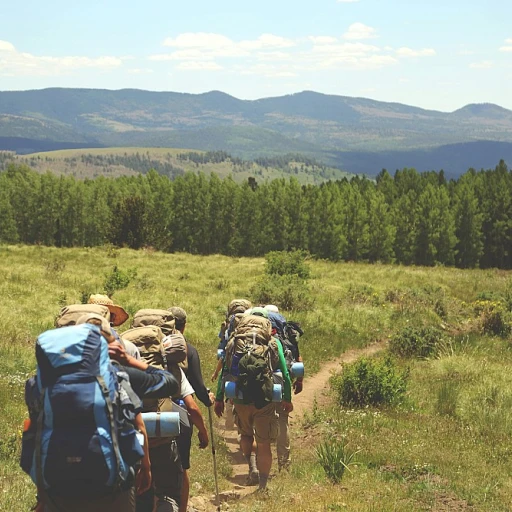
Understanding the Terrain
Discovering the Perfect Environment for Your Hiking Adventure
Embarking on a hiking journey means you must understand the terrain you'll encounter. Whether you're venturing into rocky mountain trails or navigating through muddy wooded paths, the right pair of hiking shoes can make all the difference. Footwear designed specifically for varied terrains often combines durability with the flexibility needed to adapt to different surfaces.
Different landscapes require specific features in your hiking gear. For instance, waterproof hiking boots can prove invaluable when tackling wet environments, while lightweight trail runners can enhance your speed on dry, well-maintained paths. It's crucial to match the footwear with the specific characteristics of the terrain, ensuring your feet are well-protected without compromising on performance. If you're uncertain about the appropriate shoes for various landscapes, a deep dive into exploring the world of hiking footwear can offer valuable insights.
The toe box's width, for example, is essential for comfort during long treks, especially when traversing uneven surfaces that often cause the feet to swell. You'll find that seeking the right balance between weight and protection is key, with options like Merrell Moab hiking boots providing a good mix of weight and durability, particularly suited for demanding trails. Additionally, brands like Oboz Sawtooth and La Sportiva Spire GTX cater to different hiking needs, each with unique traction and support features.
Your hiking experience can be immensely impacted by the terrain you're navigating, making it important to thoroughly assess and select footwear that corresponds to the specific ground conditions. This not only ensures comfort and safety but also enhances your overall hiking performance.
Key Features to Look For
Essential Features for Your Hiking Adventure
When setting out on a hiking adventure, the right pair of shoes can make all the difference. Selecting the best hiking shoes or boots requires understanding various key features to look for. Here are some crucial aspects to consider:
- Waterproofing: A quality hiking shoe for women should offer waterproof capabilities, such as Gore-Tex technology, to keep your feet dry during wet conditions or unpredictable trails.
- Material: Shoes with leather construction often provide superior durability and protection. However, lightweight options, like mesh, allow for better breathability during warmer hikes.
- Traction: The trail conditions can vary, making traction a top priority. Look for shoes or boots with deep lugs to ensure a firm grip on different surfaces, from muddy paths to rocky terrain.
- Weight: Lighter shoes are best for faster speeds and less fatigue. Whether you choose trail runners or lightweight hiking boots, consider how weight might affect your hiking experience.
- Toe Box: A spacious toe box helps prevent blisters and discomfort, giving your feet room to move naturally as you hike.
- Support: For longer treks or rough terrains, a shoe with sturdy support and good cushioning can reduce strain on your feet.
Brands like Merrell, known for their Moab Speed and Moab options, offer exceptional features in the hiking shoe category. Models like the Sportiva Spire GTX, Oboz Sawtooth, and Keen Targhee also provide advanced technology to support various trail challenges. To learn more about the different features that make a hiking boot stand out, check out this comprehensive guide for deeper insights.
Top Brands and Models
Top Models and Brands for Women's Hiking Shoes
When exploring the vast offerings available for women's hiking shoes, it becomes important to consider reputable brands known for producing durable and reliable footwear. Hiking demands can vary, so identifying the best models suited to different terrains and preferences is essential. Here are some of the top picks that have proven their worth in the hiking community:- Merrell Moab 2 Ventilator: A favorite among many hikers, this model offers exceptional comfort and breathability. It's designed for those seeking a versatile trail shoe that excels in both dry and moderately wet conditions.
- Salomon X Ultra 3 GTX: Known for its excellent traction and lightweight build, this waterproof option features Gore-Tex technology. It makes for a good match when tackling challenging terrains where agility and foot protection are key.
- Keen Targhee III: This brand is recognized for its focus on comfort. The Keen Targhee III provides a sturdy toe box and is favored by many for its waterproof capabilities and supportive fit, especially during long hikes.
- Oboz Sawtooth II Low: Featuring a breathable mesh design and multi-directional lugs, these hiking shoes offer stability and protection. They are well-suited for low-level hikes that require a combination of comfort and performance.
- La Sportiva Spire GTX: Known for its blend of cushioning and stability, the Spire GTX is ideal for hikers who prioritize support. The combination of Gore-Tex lining and Vibram outsoles ensure durability in tougher environments.
- Altra Lone Peak 6: Embraced by trail runners, this pair has gained popularity in the hiking community for its zero-drop platform and roomy toe box, perfect for those seeking a more natural foot movement.
Fit and Comfort
Perfect Fit for Your Hiking Needs
Finding the best hiking shoes is not just about brand and model, it’s about finding the perfect fit for your specific outdoor adventures.First, consider the type of hikes you'll be embarking on. Shoes women often prefer, such as the Merrell Moab or Ultra Light options, usually provide a balance between weight and support. For rougher terrains, a good hiking boot like the Oboz Sawtooth or the Spire GTX may offer the ideal combination of ankle support and traction.
- Toe Box: Ensure there's enough space for your toes, which allows comfort and prevents blisters during longer hikes.
- Weight: Lightweight options like trail runners and low-cut hiking shoes can enhance your speed and reduce fatigue, whereas heavier boots may be more supportive but require more energy.
- Waterproof Materials: For wet conditions, waterproof shoes, potentially with Gore-Tex technology, ensure your feet remain dry, crucial for maintaining foot health and comfort.
- Breathability: Shoes that balance waterproofing with breathability, like the Sportiva Spire or the Keen Targhee, keep your feet dry from the inside as well, maximizing overall comfort.
- Support and Cushion: Long distance hiking boots should offer excellent arch support and cushioning, providing comfort over challenging trails.
Ultimately, the perfect pair of hiking boots or shoes will offer the balance of comfort, durability, and suitability for your terrain, allowing you to focus on the adventure ahead.
Maintenance and Care
Keeping Your Hiking Boots in Top Shape
Maintaining your hiking boots is crucial for ensuring they last through many adventures. Whether you're tackling rugged terrain or enjoying a leisurely trail, proper care can make a significant difference in the longevity and performance of your footwear.
Here are some essential tips to keep your hiking boots in the best condition:
- Regular Cleaning: After each hike, remove dirt and debris from your boots. Use a soft brush to clean the exterior, paying special attention to the seams and the sole. This prevents the buildup of grime that can degrade materials over time.
- Drying Properly: Never dry your boots with direct heat, as this can damage the materials. Instead, stuff them with newspaper to absorb moisture and let them air dry at room temperature. This is especially important for waterproof models like those with Gore-Tex linings.
- Conditioning Leather: If your boots are made of leather, apply a leather conditioner periodically. This helps maintain flexibility and prevents cracking. Products specifically designed for hiking boots are recommended for the best results.
- Inspecting for Wear: Regularly check your boots for signs of wear and tear, such as worn-out soles or damaged eyelets. Addressing these issues early can prevent further damage and ensure your boots remain comfortable and supportive.
- Storing Correctly: When not in use, store your boots in a cool, dry place. Avoid leaving them in damp areas or direct sunlight, as this can cause materials to deteriorate.
By following these maintenance tips, your hiking boots will be ready for any adventure, whether you're exploring the best trails in your Merrell Moab or tackling challenging paths in your Sportiva Spire GTX. Remember, well-maintained boots not only enhance comfort but also provide the necessary traction and support for your feet, ensuring every hike is a good one.
Expert Tips for Choosing the Right Pair
Essential Tips from the Experts to Help You Select the Perfect Pair
Choosing the ideal pair of women's hiking shoes can make a significant difference in your outdoor experience. While understanding the terrain, recognizing key features, and exploring top brands are all crucial steps, expert insights often help fine-tune the decision-making process. Here’s what seasoned hikers recommend:- Prioritize Fit Over Style: A comfortable fit is paramount. Always try the shoes with the socks you’ll be wearing on your hikes. Pay attention to the toe box; it should have ample space to prevent blisters, which is crucial for long-distance trails.
- Weight Considerations: The weight of your hiking boots can impact your speed and endurance, especially on challenging trails. Lightweight options like Merrell Moab Speed or Sportiva Spire GTX help reduce fatigue without sacrificing traction.
- Invest in Waterproofing: For trails with water crossings or muddy conditions, waterproof shoes with technology such as Gore-Tex are a smart choice, ensuring your feet stay dry and comfortable.
- Rotate Your Footwear: Experts advise having multiple hiking shoes tailored for different terrains. For instance, consider owning a pair of durable leather boots for rocky trails and breathable trail runners for dry, well-maintained routes.
- Regular Maintenance: Proper care extends the life of your hiking footwear. After each hike, clean your shoes to remove dirt and debris, which can degrade their materials over time. Check the soles for wear and address any damage promptly.
- Try Before You Buy: Visit stores like REI to try different brands and models. Hands-on experience with options such as Merrell Moab, Keen Targhee, or Oboz Sawtooth can help you find the best fit and comfort.
